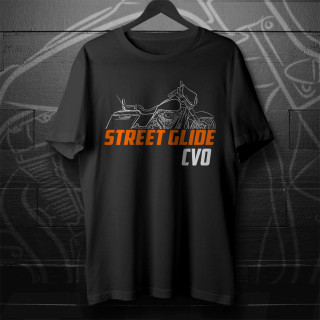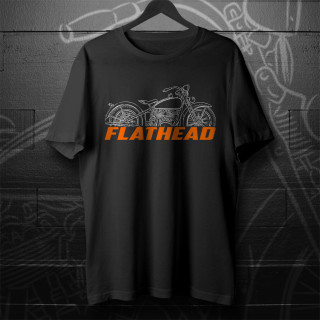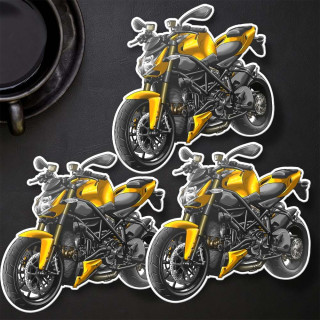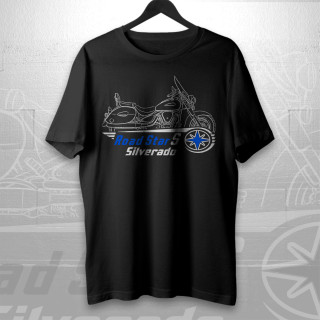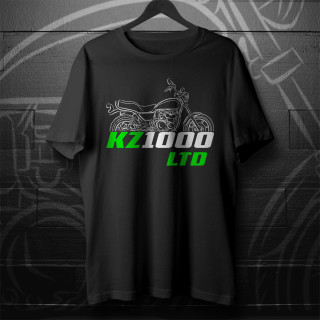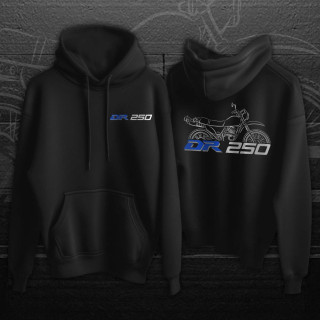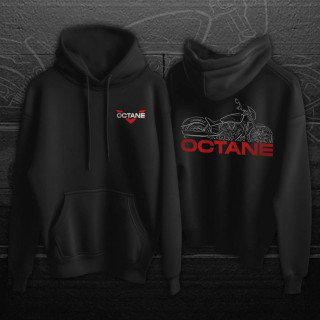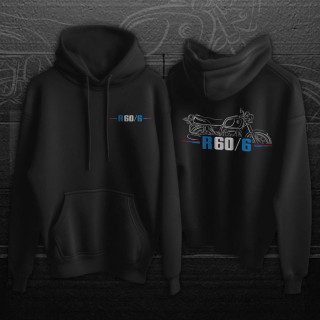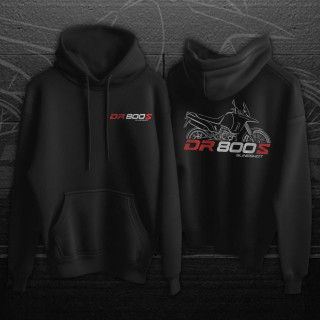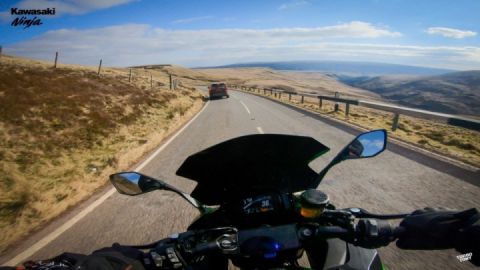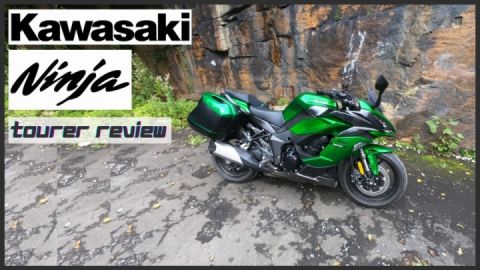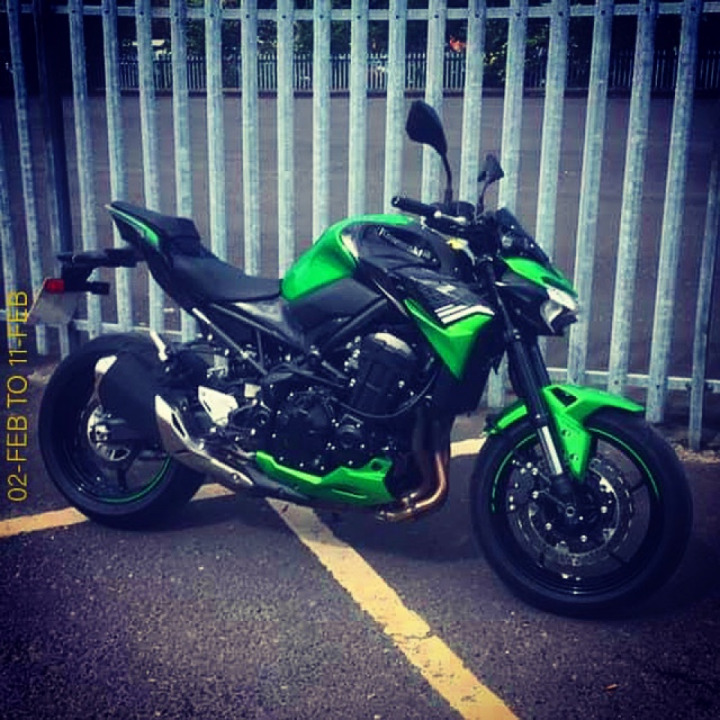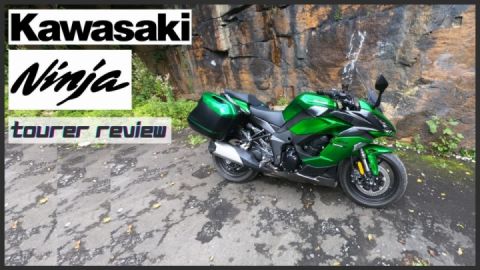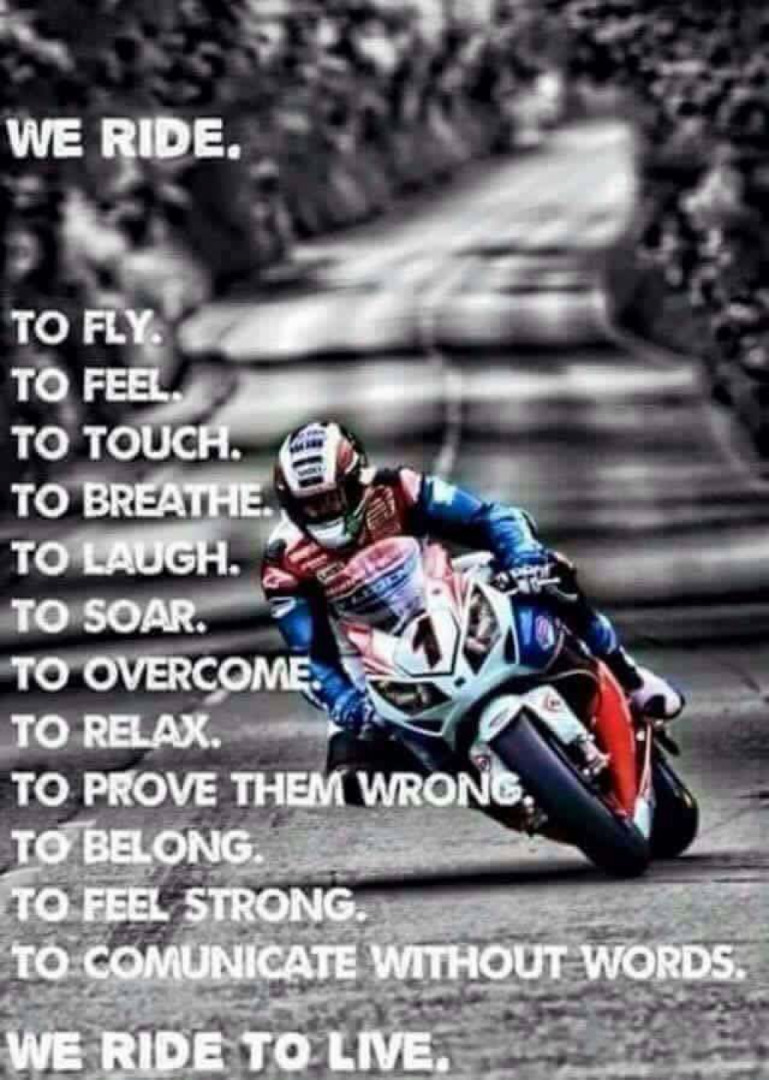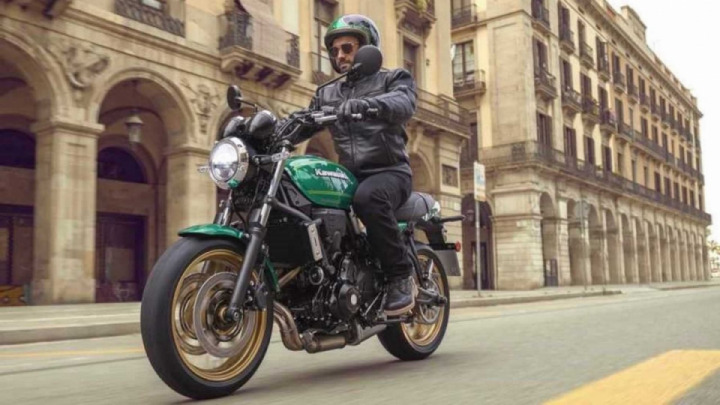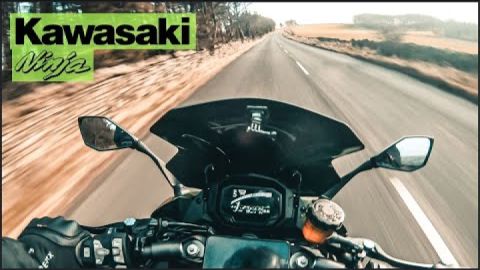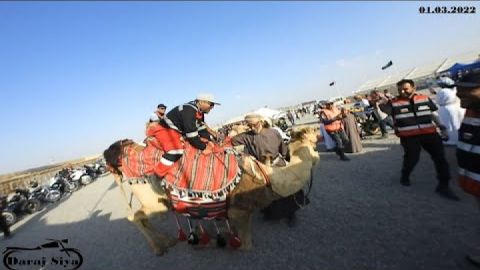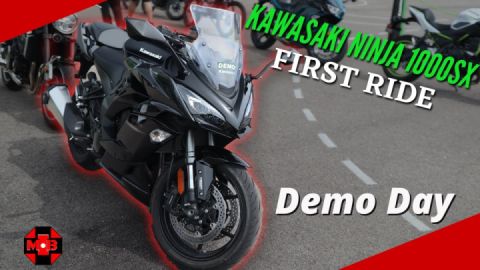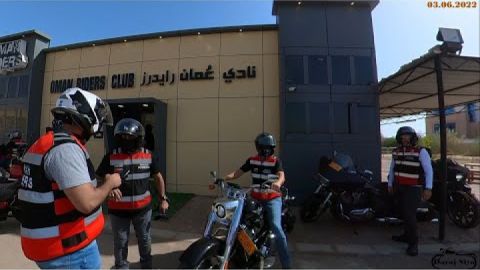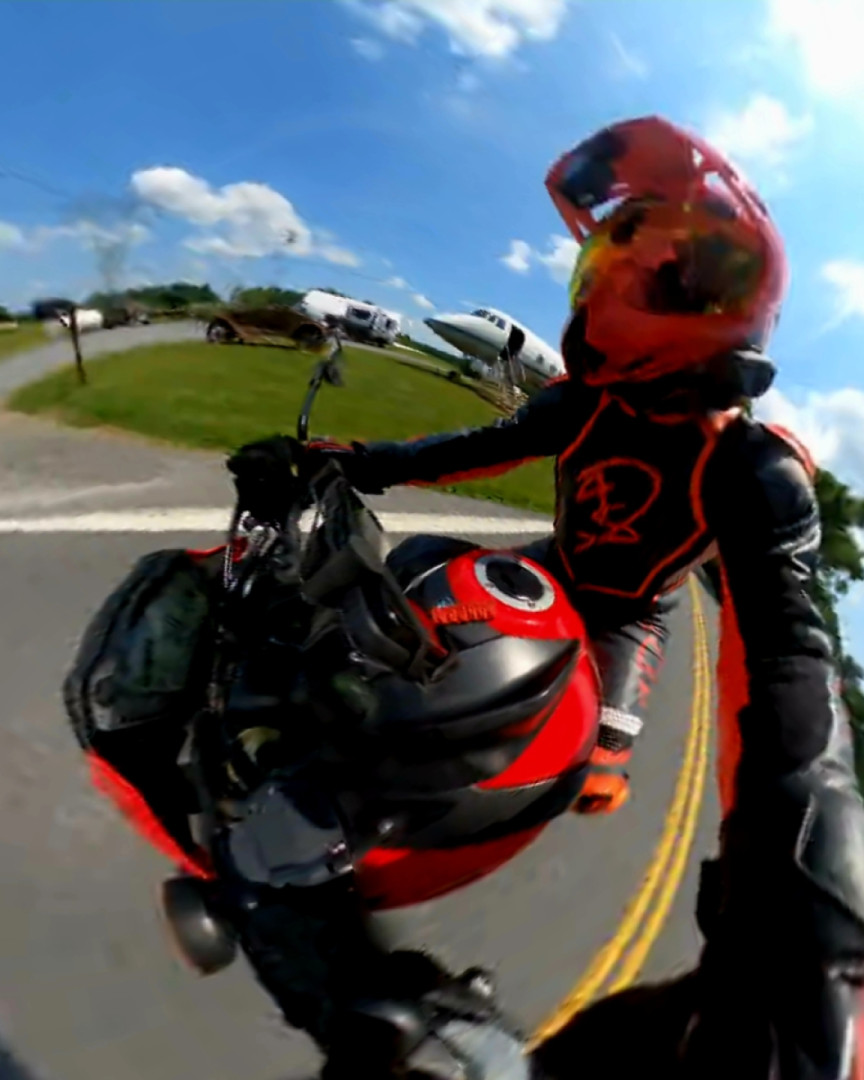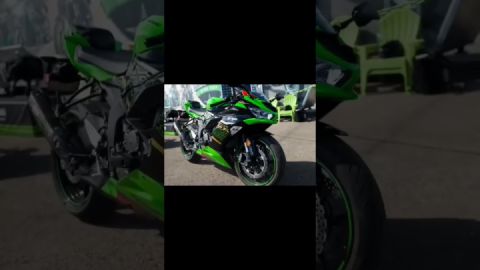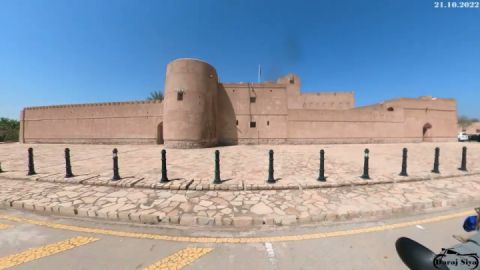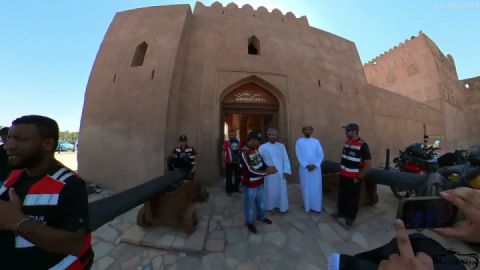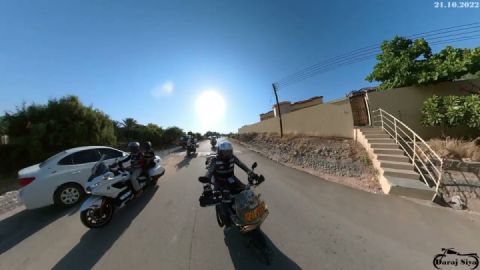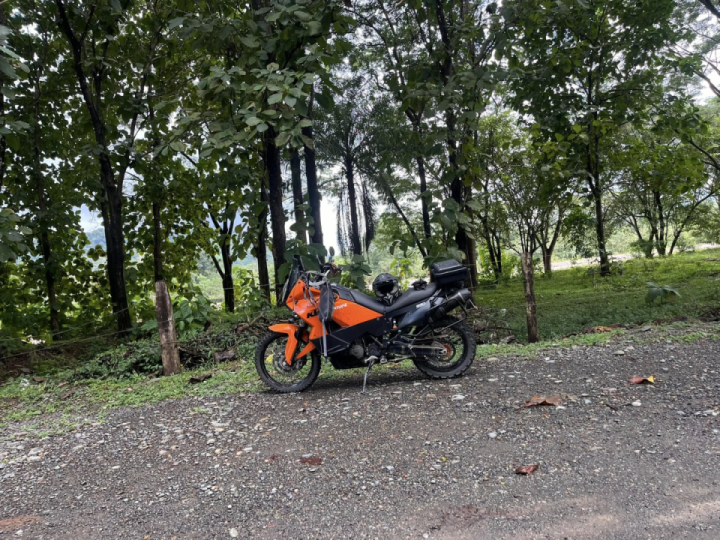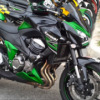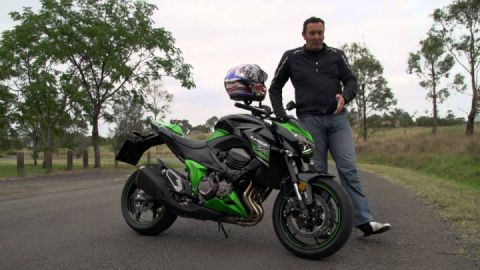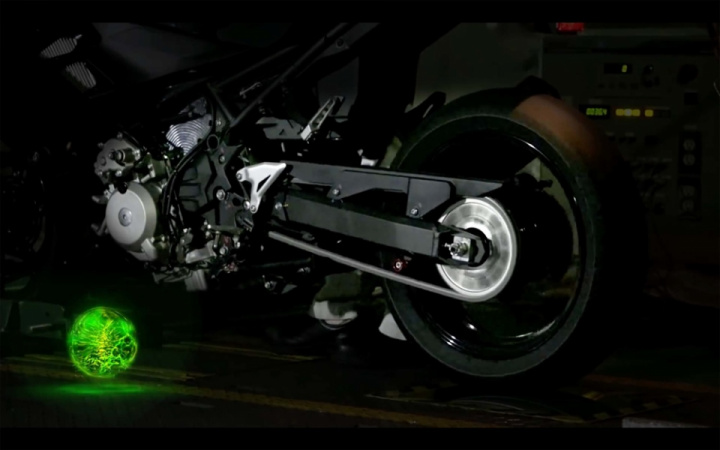You can search the Internet and scour the Cycle News classifieds, but you won't find a used Kawasaki ZX-9R roadracer no matter where you look. As great a street bike as the 9R proved to be, it simply didn't make the transition to the track with the same aplomb as Suzuki's big GSX-R or Honda's 900RR, or even Yamaha's FZR1000, for that matter. Sure, you might find a few SuperSport–prepped club racers built to pick up some Kawi contingency money, but full-blown ZX-9R racers are as rare as completely legal AMA SuperSport bikes. In fact, when it comes to finding a nasty 9R, it isn't how much money you have, it's who you know.
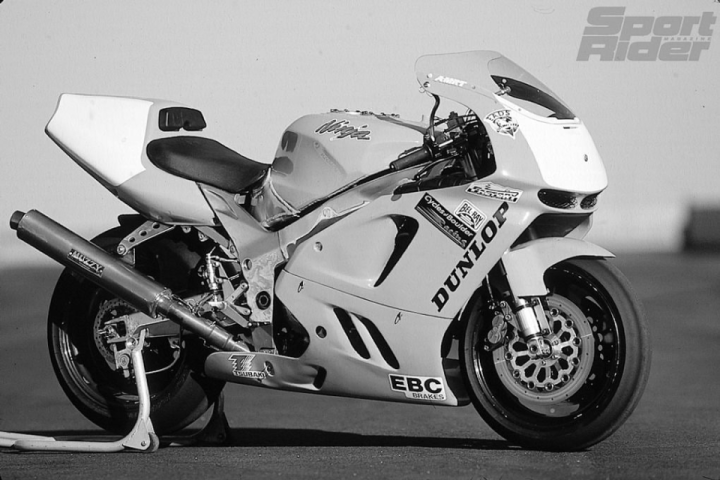
Luckily for Ken Rogers, he knew Geoff Cesmat. Cesmat is the talented tuner and rider out of Colorado’s MRA (Motorcycle Roadracing Association) that landed a job working for Muzzys Kawasaki race team for the ’94 season, the same year Muzzys unveiled the ZX-9R SuperTeams racer that took on Erion Racing, Dutchman Racing, Fastline/MCM and the other established powers in the AMA endurance scene. In its debut, the all-new racer won at Daytona and established Kawasaki as a force in SuperTeams. From Daytona, the bike ran at or near the front all year in the hands of Tripp Nobles, Tiger Sohwa and, occasionally, Fred Merkel, ending the year second overall behind Erion Racing; not bad for its teething year. As is Rob Muzzy’s habit of offering real-world prices on real race bikes, the ZX-9R was then on the auction block. That’s when Rogers called his pal Geoff Cesmat.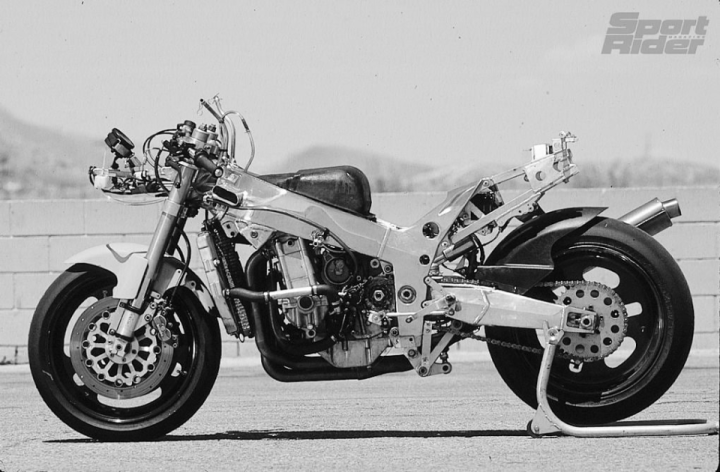
Cesmat tells us, "I didn't work on the SuperTeams bike much, but it was incredibly trick. Yoshio Watanabe and Satoshi Ebisu poured hundreds of hours into it, and those guys are really talented. They revised the fresh-air ducts by porting the frame and running the air through it, like on the ZX-7R, and changed the rear end to mimic the 7R's suspension geometry. The swingarm is from the Superbike kit and the swingarm pivot height was changed to improve traction. For the money Rob was asking, this 9R was a steal and I helped Ken pick it up." It's good to have friends.
Watanabe and Ebisu braced the frame with Superbike kit pieces and bolted on an adjustable Kosman triple clamp in an attempt to make the 9R as lithe as the Superbike Tiger Sohwa rode so well. Without fuel in the beautiful aluminum tank, the bike tips the scales at 358 pounds, though a full tank adds 42 pounds because it’s designed to provide enough go-juice to last one hour flat-out on most tracks. That’s seven gallons.
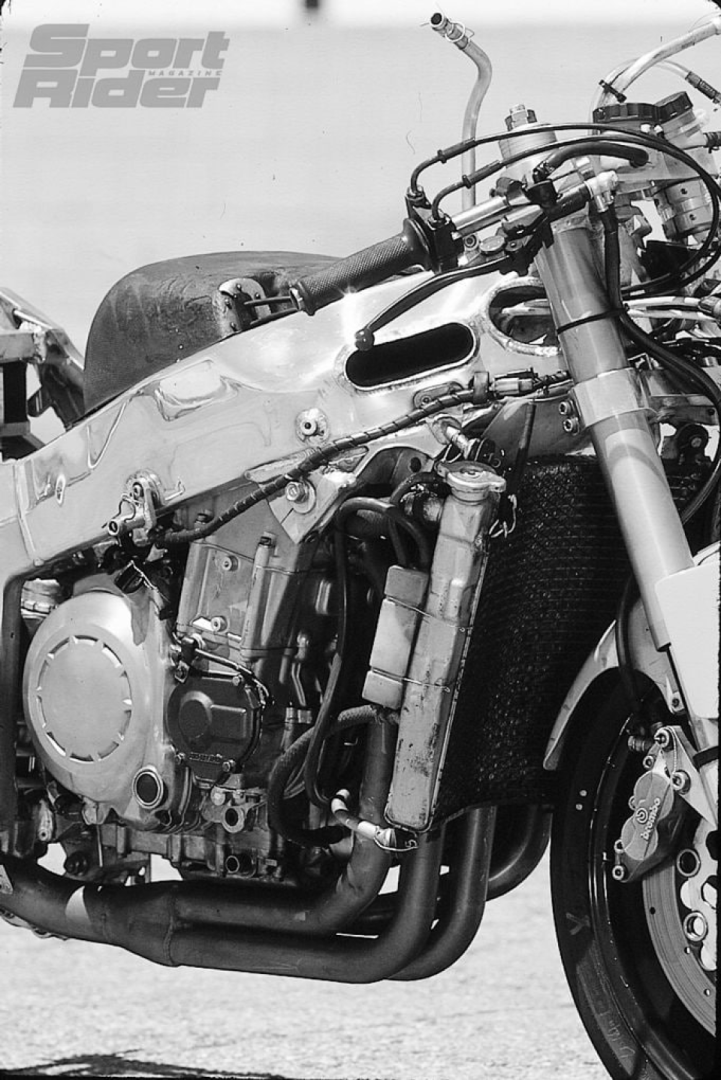
Performance Machine wheels and brake rotors combined with Brembo Gold Line calipers drop more pounds and increase performance, as does the Muzzys race fiberglass. Rogers, the president of the MRA, told us, “The bike came with a ton of spares, including bodywork and extra wheels. It had never been crashed, so the spares were all brand-new and a great addition to the bike.”
Rogers, a 43-year old racer who makes his living running EADS News, a retail newsstand and smokeshop in Boulder, Colorado, took this ex-national racer to third overall in the MRA’s Open Superbike class in ’95 and won the endurance title; nice to see it used for its intended purpose.
The 9R's intended purpose was made abundantly clear in typical Muzzys fashion because it wore no frills or extras and felt almost raw when compared to a machine like the Smokin' Joe's RC45. The cockpit's sole decorations were a tach and temperature gauge, and the clip-ons were mounted low and widely spread, yet almost entirely hidden from the onrush of air behind the bright green fairing. A set of Öhlins fork tubes rode in the Kosman clamps, matched to a fully adjustable Öhlins rear damper that bore Scott Russell's initials, a testament to the fact that Muzzys indeed sells the real race parts.
The bodywork has been repainted by Pete Fitzsimmons in Colorado, and it looked almost too nice when compared to the barely hidden evil of the chassis. The bike fired in about three steps, and the 41mm Keihins carbureted perfectly right off the bottom, another Muzzys tradition. Tuner Cesmat has retained the inherent strength of the 9R by performing a rebuild last winter that included the addition of a set of 950cc Franx pistons from Franx Machine Workx in South Holland, Illinois.
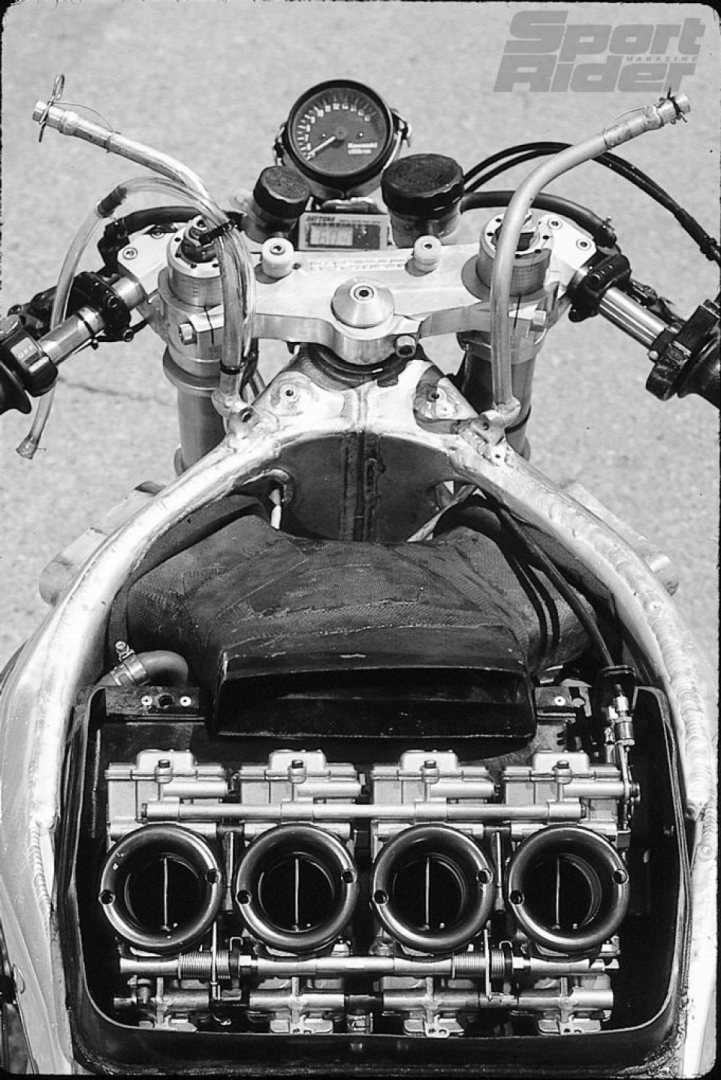
On the track, the bike was pure and undiluted—a welcome change from the heavy stock ZX-9R. We’ve always gone fast at the track on the stock machine despite the numb traction feedback, but Rogers’ Sunday Ride communicated traction information and pavement condition clearly and immediately. Its handling can’t match the best Superbikes, but after Cesmat performed some minor suspension adjustments, the bike was on rails and wonderfully poised. It carried more weight and felt wider and longer than the Muzzys Superbike we rode last year at Firebird, but you would only complain after riding both bikes back to back. We weren’t complaining; we were smiling.
Cesmat told us, “This 900 motor and a Muzzys Superbike motor make about the same peak power (150 hp), but the 900 puts out a load more torque. Tripp Nobles liked the big engine, but Sohwa was used to a 750’s peakiness, so they often ran a 750 engine in this frame. Surprisingly enough, lots of parts are interchangeable, like the heads and cases. That makes it nice for someone building a 9R engine because lots of the Superbike kit pieces will bolt right in.” We loved the midrange push of the bigger engine, and though it vibrated more than we expected, the bike would be a joy to race for an hour or longer.
The seating position was immediately familiar, and the engine doled out a frightening amount of horsepower to the rear Dunlop, making Cesmat’s spot-on carburetion jetting even more appreciated. The chassis offered a tremendously secure feel at speed, similar to the stock machine but with a higher degree of flickability the heavier production machine couldn’t hope to imitate. It felt enormously fast at Willow Springs, and a sprint down Los Angeles County Raceway’s quarter-mile punctuated the point with a 9.87-elapsed time at 143.8 mph in roadracing trim. The impressive E.T. would drop significantly if the bike was lowered even a few inches.
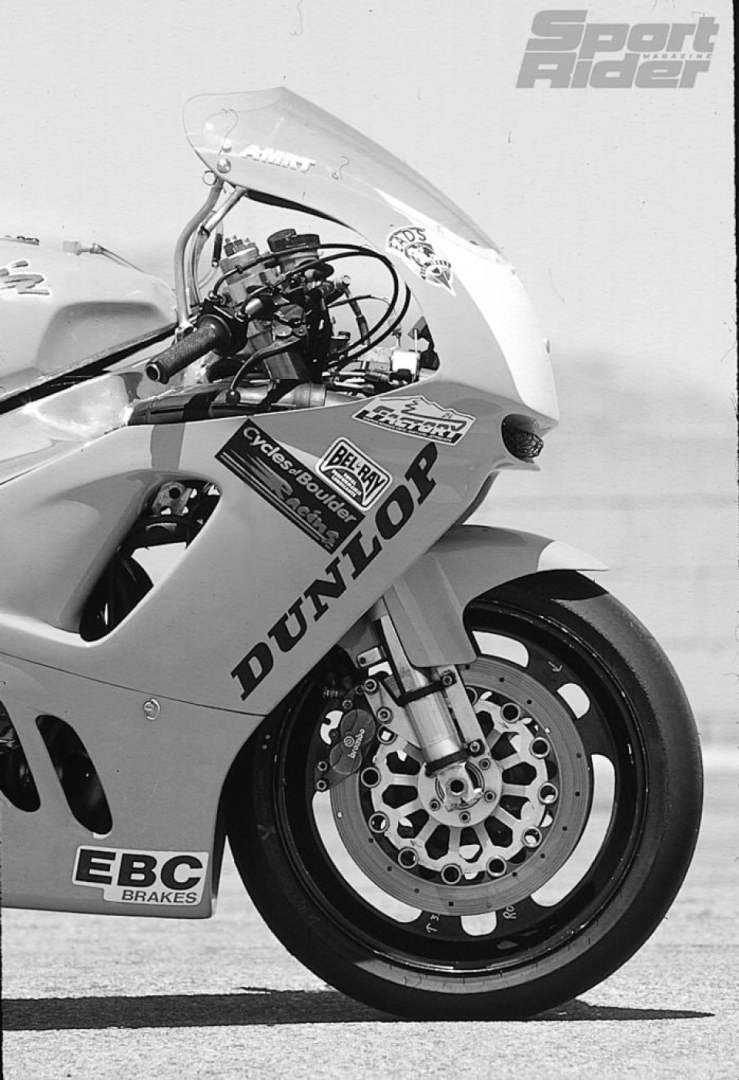
It’s almost unfair to compare Ken Rogers’ racing 9R to the stock model because there isn’t much of the production machine left in this ex-factory weapon. The standard ignition was replaced with a Superbike kit CDI unit, which runs a constant-loss battery that basically powers the electric fuel pump and tachometer. The stock head received a slight clean up, but Superbike kit cams spin against kit valves and kit springs. The stock crank holds standard rods, but they’ve been carefully polished to eliminate possible stress points; Bel-Ray 0w40 oil is churned through the engine by a kit oil pump that reduces drag to gain horsepower. The six-speed close-ratio tranny isn’t a kit part, but it’s out of a 7R limited-production street bike, so Rogers has a few extra ratios to play with, and Muzzys threw in a stainless exhaust system with a titanium muffler. Cesmat commented, “I really like the engineering of the Kawasaki kit parts, and it’s great that they fit the 900 engine. It’s also amazing how much motorcycle you get for the money from Muzzys.”
Rogers hit the jackpot in more ways than one. Not only did he purchase the most sophisticated ZX-9R roadracer in the world, he snagged a top tuner familiar with Muzzys particular brand of madness. Geoff Cesmat now twirls wrenches at Cycles of Boulder, but thanks to Ken Rogers, he still tunes a factory Kawasaki roadracer on sunny Colorado Sundays.
This article was originally published in the December 1996 issue of Sport Rider.
#Kawasaki #ZX9R #Sportbike #Moto #Classic



